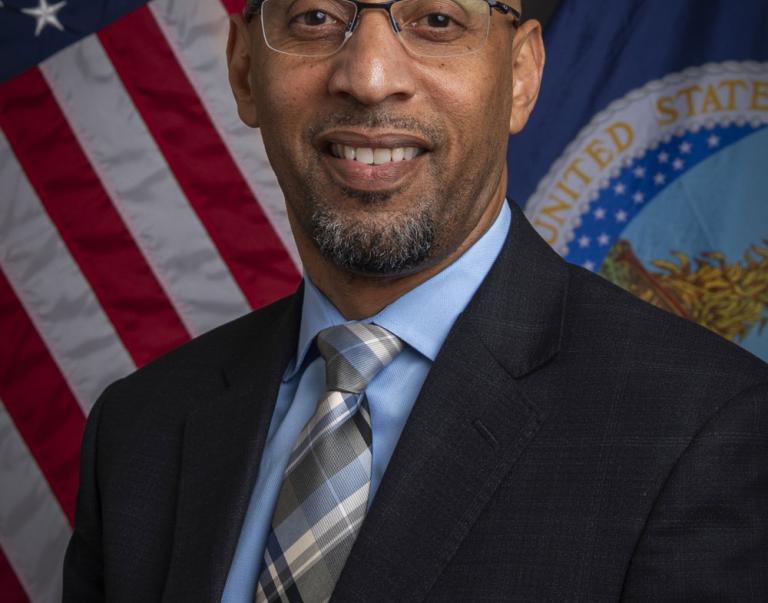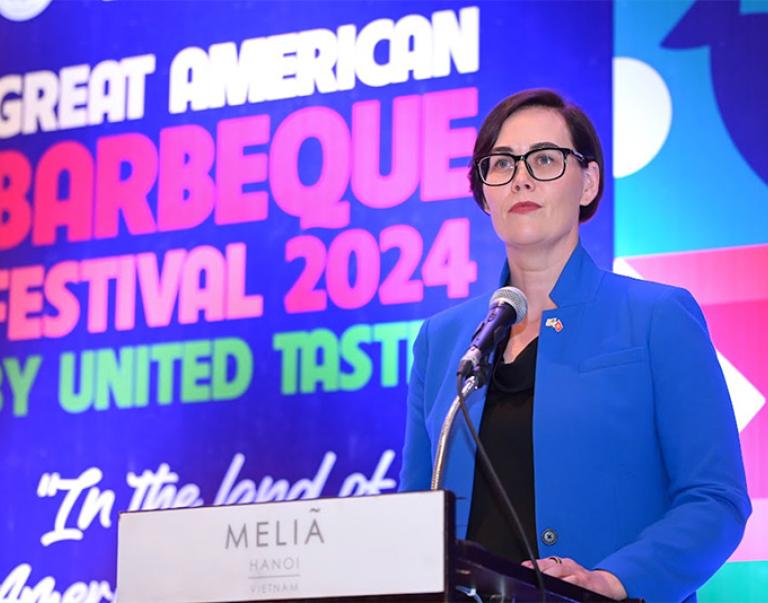
Disaster struck northern New Mexico on June 12, 2011, as the human-caused “Track Fire” exploded north of Raton, in Colfax County. Within 72 hours, 27,790 acres were scorched in New Mexico and Colorado. Luckily, USDA’s Natural Resources Conservation Service (NRCS) was able to begin the restoration of the Lake Maloya watershed area almost immediately through its Emergency Watershed Protection (EWP) Program.
The Track Fire severely damaged nearby Lake Maloya, burning nearly 75 percent of the watershed at what firefighters call “high” and “moderate intensity levels.” This watershed is part of Sugarite Canyon State Park and provides habitat for many species of wildlife. It also serves as Raton’s primary water supply.
The fire incinerated almost all of the vegetation surrounding Lake Maloya, leaving a thick layer of ash that easily washed downhill when it rained, clouding the waters of the lake. Raton’s water processing plant struggled to sufficiently filter drinking water.
Raton and Colfax County immediately contacted NRCS for assistance, and an EWP team formed to assess the damage and prescribe treatments. NRCS implemented plans to restore the land in July.
Through EWP, NRCS applies conservation practices that provide protection against further damages after natural disasters occur on private, tribal and state lands.
To protect the water quality of Lake Maloya—and preserve Raton’s water supply—NRCS implemented erosion control measures, such as the building of several small dams, the erection of catchment fences, grass seeding and mulching.

NRCS also strategically felled trees, which were laid perpendicular to the hill slope. Those areas were then seeded with quick-growing vegetation to slow down water flowing to low-lying areas, allowing the water to drain into the ground.
In addition, Lake Dorothey, a smaller lake upstream of Lake Maloya, was drained into Lake Maloya and converted into a sediment basin.
The City of Raton and Colfax County provided 25 percent of the cost of the land restoration efforts, with NRCS providing the rest.
It will take years to restore the land to its pre-Track Fire state. But NRCS’ restoration efforts will accelerate the recovery process of the watersheds, wildlife habitat and recreational sites.
Find out more about the Emergency Watershed Protection (EWP) Program.
Check out more conservation stories on the USDA blog.
Follow NRCS on Twitter.



